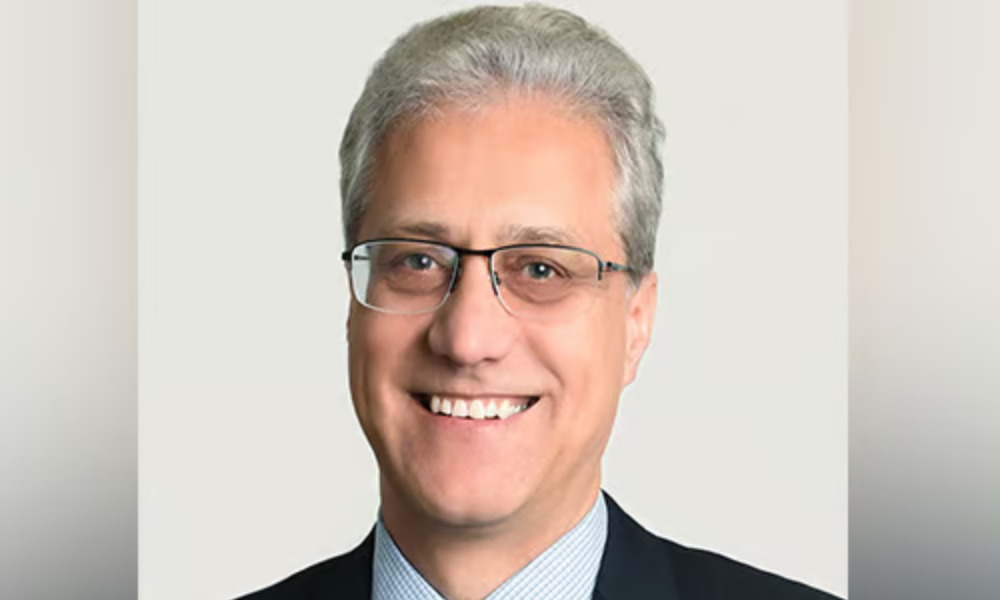Independent advisor rebuts call to pull back on fee regulation, laments delay in TCR rule action

It’s been several weeks since Primerica published a white paper warning that if Canada pushes through with regulations limiting advisor compensation options for segregated funds, it risks falling into an advice gap - the gap between those who get advice and those who want it - similar to what’s happened in the United Kingdom. But according to one veteran advisor and financial planner, it’s a self-serving argument that doesn’t hold up to scrutiny.
“The advice gap is a ‘cool story, bro.’ It’s a nice narrative that’s intuitively appealing, but I don’t think it has any real intellectual merit,” says John De Goey, portfolio manager with Designed Securities.
Two loonies or a toonie? There’s no difference
De Goey argues that the choice between paying an advisor through embedded commissions or a separate trailer fee should have no bearing on the advice they deliver. He likens it to choosing between two vending machines that both sell Coke, where one requires two loonies for every Coke can dispensed and the other requires a toonie per Coke: whichever someone opts for, they’re spending two dollars to get a Coke in the end.
“It doesn’t matter whether you’re paying embedded trailing commissions or a separate asset-based fee if the fee is the same,” he says. “If an advisor can afford to service a client at a commission level, then he or she can set a fee at the same level, provide the same advice to the client, and still be as well off. There’s no logical reason why going from one fee structure to another should create an advice gap.”
That’s not what Primerica’s white paper says. It pointed to the U.K. as a cautionary tale: following the Financial Conduct Authority’s (FCA) Retail Distribution Review, embedded compensation was eliminated as an option for advisors in that market. That decision, critics say, led to advisors deserting the profession – and there but for the grace of Canadian insurance regulators will go Canada.
But as De Goey explains, U.K. advisors didn’t just move away from embedded compensation. They also started to use lower-cost financial products, with fees that are 1% less than what they had been recommending previously.
“Advisors charged the same, and they were providing the same service, but they weren’t using products that cost, say, 1.25%. That’s what happened in other markets when they removed embedded compensation,” De Goey explains. “We’re not talking about getting rid of embedded compensation in Canada; we’re talking about getting rid of DSCs and back-end load commissions. Front-end zero is still an option.”
The FCA also raised proficiency standards in the UK, which De Goey says was the more likely cause of advisors leaving the industry as they couldn’t pass the required entry-level exam needed to keep their licence.
A ‘crying need’ for total cost reporting
Aside from eliminating certain fee options, Canadian regulators are also mandating a new total-cost-reporting (TCR) regime via changes to rules that govern securities and insurance products. Regulators expect firms in the insurance and securities industries to start applying those rules, which promise a greater level of transparency for Canadian investors and users of insurance products, for account statements starting in the 2026 reporting year.
“I’m disappointed that it’s taking this long,” De Goey says. “This has been a problem for over 20 years, and now we have to wait even longer to address this crying need in the market.
“CRM1 and CRM2 gave us disclosures about how much you’re paying your advisor, but that still didn’t tell people how much they’re paying for both advice and the cost of products,” he says. “If you go to a garage to have someone install a muffler on your car, they’ll give you a quote for the cost of the muffler and the cost of the labour per hour, plus tax. If a mechanic can give you an estimate with that kind of breakdown, why can’t we do the same thing for people in financial services?”
FP Canada’s planning and assumption guidelines, De Goey notes, require CFP and QAFP certificants to take return assumptions for different investment asset classes, and reduce that by the cost of the advice they provide to the client and the cost of the products they recommend. That exercise of working out returns after costs, he argues, is fundamentally the same as total cost reporting.
“There’s already an obligation for planners to use the principles of total cost reporting when they’re doing their planning, and yet we’re four years away from actually having to show clients the math,” De Goey says.
“I think the regulators tend to be very slow to order changes that are needed to ensure protection and transparency for consumers. By the time they require something, the industry is doing it already … they’re behind the industry, and the industry is dragging its feet as it is.”



